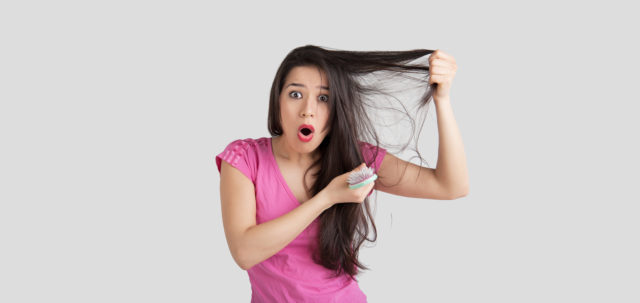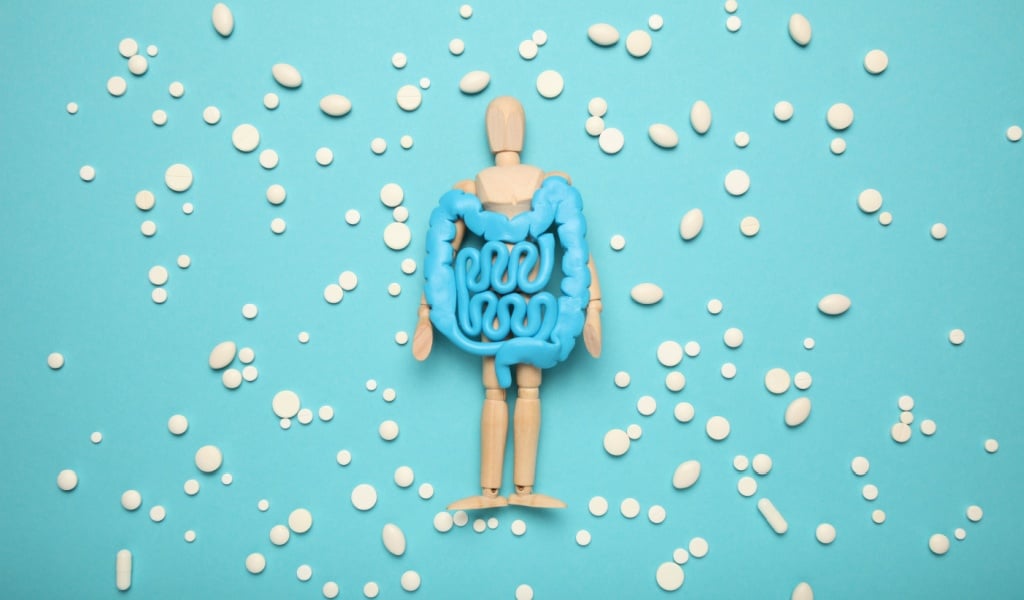Going bald is not a problem solely reserved for portly middle-aged men, 40% of women in America report to suffering from hair loss at some point in their lives. Considering that a botched haircut is enough to reduce a grown woman to tears, hair loss is a problem that needs to be addressed efficiently and quickly.
In other words – It’s time to get to the root of the problem.
Here are 11 sneaky causes of hair loss in women that you might not have thought of:




